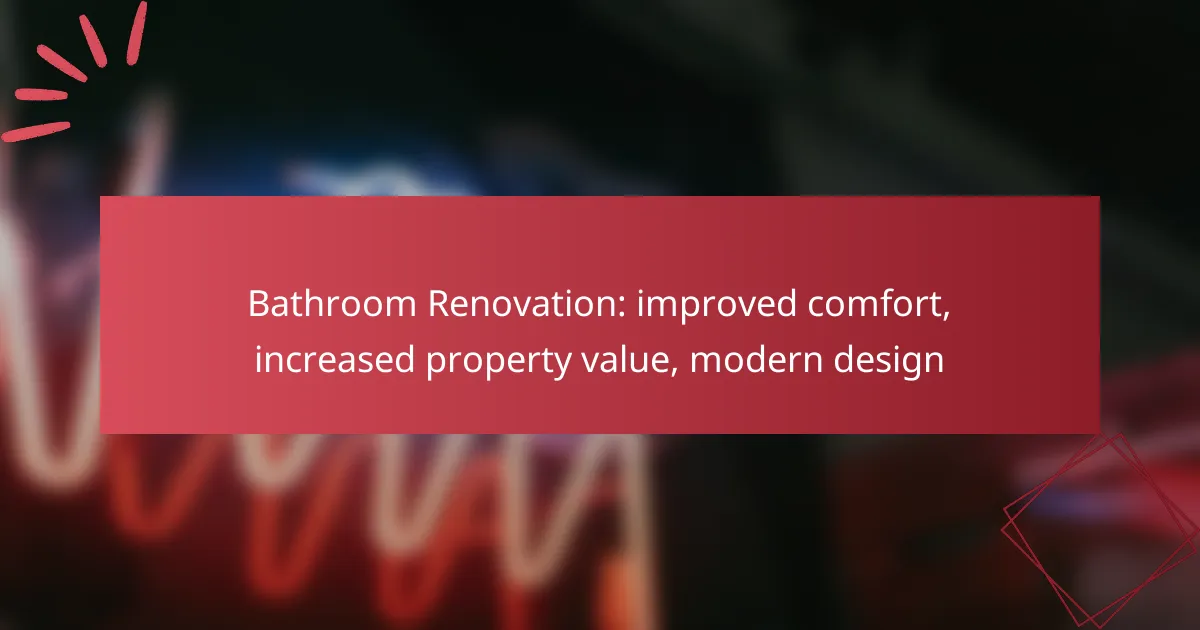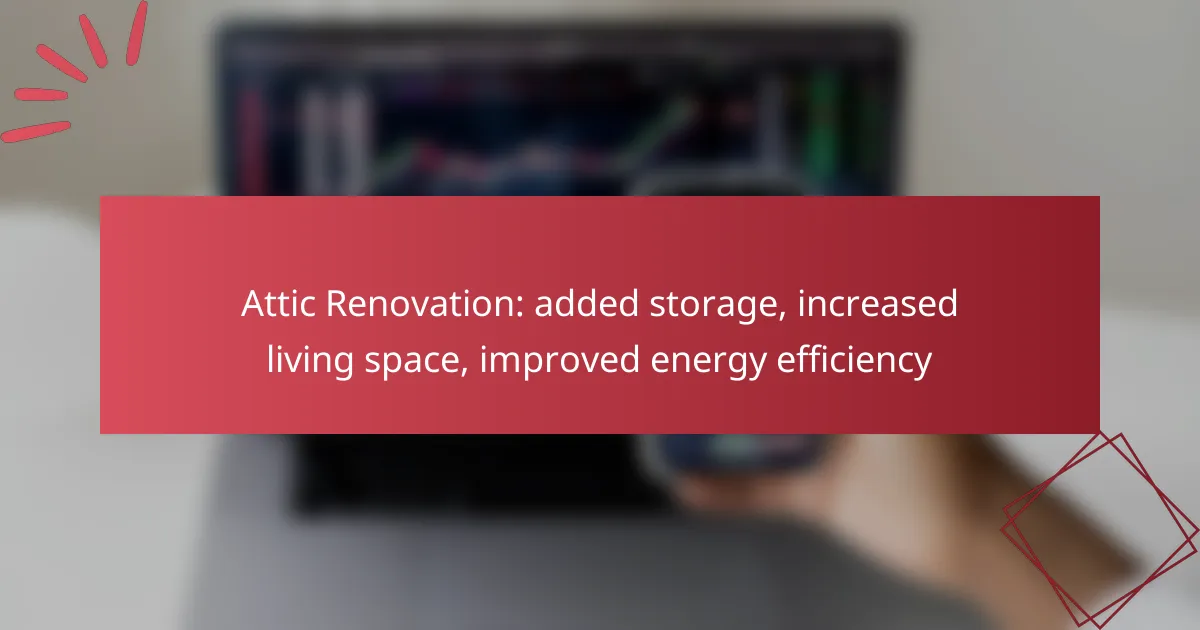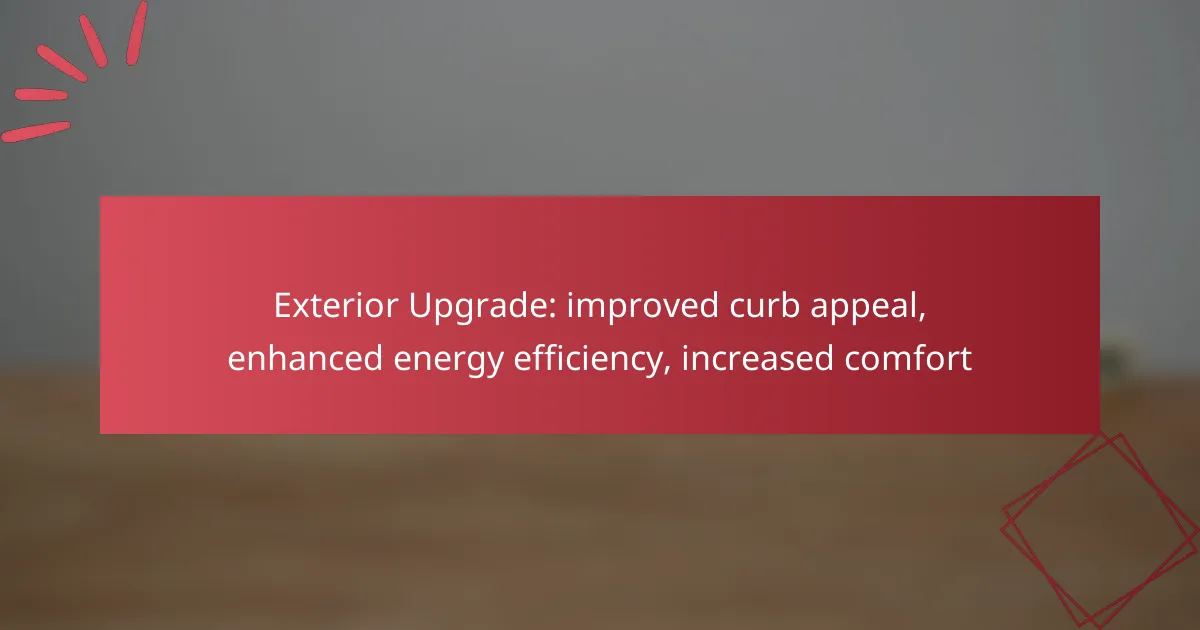A home addition can transform your living space by providing extra square footage tailored to your specific needs. This enhancement not only boosts the functionality of your home but also increases its market value, making it a smart investment. With various customization options available, homeowners can create an environment that reflects their lifestyle while enhancing the overall appeal of the property.

How can a home addition expand living area in Los Angeles?
A home addition in Los Angeles can significantly expand living area by providing extra square footage tailored to your needs. This enhancement not only increases the usable space but can also elevate your property’s market value and offer customization options that suit your lifestyle.
Increased square footage
Adding square footage to your home can transform cramped areas into spacious environments. Common options include extending existing rooms, building new bedrooms, or adding a second story. In Los Angeles, where property prices are high, even a modest increase in square footage can substantially boost your home’s value.
Consider the cost of construction, which can vary widely based on materials and labor, typically ranging from $200 to $500 per square foot. It’s crucial to budget accordingly and consult with local contractors to understand the financial implications of your addition.
Open-concept designs
Open-concept designs are popular in home additions, allowing for seamless transitions between living spaces. This layout maximizes natural light and creates a more inviting atmosphere, making your home feel larger and more connected. In Los Angeles, where outdoor living is valued, integrating indoor and outdoor spaces can enhance the overall experience.
When planning an open-concept addition, think about structural changes that may be necessary, such as removing load-bearing walls. Always consult with an architect or structural engineer to ensure safety and compliance with local building codes.
Multi-functional spaces
Creating multi-functional spaces is an effective way to maximize the utility of your home addition. For instance, a guest room can double as a home office or a playroom can transform into a study area. This flexibility is especially beneficial in urban areas like Los Angeles, where space is often at a premium.
To achieve this, consider furniture that serves multiple purposes, such as a sofa bed or a foldable desk. Additionally, incorporating storage solutions can help keep the space organized and functional, making it easier to adapt to different needs throughout the day.

What are the benefits of home additions for property value in California?
Home additions in California can significantly enhance property value by expanding living space and offering customization options. These improvements not only make a home more functional but also increase its appeal in a competitive real estate market.
Higher resale value
Adding square footage to a home typically results in a higher resale value, often translating to a return on investment of 50% to 80% or more, depending on the quality of the addition and local market conditions. For instance, adding a bedroom or bathroom can be particularly lucrative in California, where larger homes are in demand.
When planning a home addition, consider the cost of construction versus the potential increase in value. It’s essential to research comparable properties in your area to gauge how much value your specific addition may add.
Attractiveness to buyers
Home additions can make a property more attractive to potential buyers by providing additional space for families or home offices. Features like open floor plans, extra bedrooms, or modern amenities can set your home apart from others on the market.
Investing in high-quality materials and finishes can further enhance appeal. Buyers in California often prioritize energy-efficient features, so incorporating sustainable elements into your addition can also boost attractiveness.
Market demand trends
California’s real estate market often reflects trends favoring larger homes due to the growing demand for space, especially in urban areas. Home additions can help meet this demand, making properties more desirable.
Staying informed about local market trends is crucial. For example, areas experiencing population growth may see increased demand for larger homes, making additions a strategic investment. Consulting with a local real estate expert can provide insights into current buyer preferences and market dynamics.

What customization options are available for home additions?
Home additions offer a variety of customization options that allow homeowners to tailor their expanded living spaces to their specific needs and preferences. These options can enhance the aesthetic appeal, functionality, and energy efficiency of the home, ultimately increasing its value.
Architectural styles
When planning a home addition, consider the architectural style that best complements your existing structure. Popular styles include contemporary, traditional, craftsman, and colonial. Each style has unique characteristics, so choose one that harmonizes with your home’s current design.
Incorporating elements like rooflines, window styles, and materials can create a seamless transition between the old and new sections of your home. For instance, if your house has a gabled roof, maintaining that feature in the addition can enhance visual continuity.
Interior design choices
Interior design choices for home additions can significantly impact the overall atmosphere and functionality of the space. Options range from open floor plans that promote flow and connectivity to more segmented layouts that provide privacy. Think about how you intend to use the new area to guide your design decisions.
Color schemes, flooring materials, and lighting fixtures are also crucial elements to consider. For example, using light colors can make a small addition feel more spacious, while warm tones can create a cozy environment. Investing in quality finishes can elevate the overall look and feel of the new space.
Energy-efficient features
Incorporating energy-efficient features into your home addition can reduce utility costs and enhance comfort. Options include high-performance windows, proper insulation, and energy-efficient HVAC systems. These features not only improve energy consumption but also contribute to a more sustainable living environment.
Consider installing solar panels or energy-efficient appliances as part of your addition. While these upgrades may require a higher initial investment, they often lead to significant savings over time and can increase your home’s market value. Check local regulations and incentives for energy-efficient home improvements to maximize your investment.

What are the costs associated with home additions in major US cities?
The costs of home additions vary significantly across major US cities, typically ranging from low tens of thousands to over a hundred thousand dollars. Factors influencing these costs include location, design complexity, and local labor rates.
Average cost per square foot
The average cost per square foot for home additions generally falls between $100 and $300, depending on the city and the type of addition. For instance, cities like San Francisco and New York may see higher costs due to demand and labor expenses, while areas in the Midwest might be more affordable.
It’s essential to consider the specific features of your addition, such as whether it includes plumbing or electrical work, as these can significantly affect the overall cost. Always obtain multiple quotes from contractors to get a clearer picture of potential expenses.
Financing options
Homeowners can explore various financing options for home additions, including home equity loans, personal loans, and refinancing existing mortgages. Home equity loans are popular because they typically offer lower interest rates compared to unsecured loans.
Additionally, some homeowners may consider government-backed loans, such as FHA 203(k) loans, which allow for renovations and improvements. It’s crucial to evaluate the terms and interest rates of each option to find the best fit for your financial situation.
Cost-saving strategies
To save on costs for home additions, consider planning your project during the off-peak season when contractors may offer lower rates. Additionally, opting for a simpler design or using cost-effective materials can significantly reduce expenses.
Another strategy is to manage the project yourself or take on some of the labor, such as painting or landscaping, to cut down on contractor fees. Always ensure that any DIY work complies with local building codes to avoid costly fines or rework.

What permits are required for home additions in California?
In California, home additions typically require several permits to ensure compliance with local building codes and regulations. Homeowners must obtain building permits, adhere to zoning regulations, and pass inspection requirements to proceed with their projects legally.
Building permits
Building permits are essential for any structural changes to your home, including additions. These permits ensure that the construction meets safety standards and local codes. Homeowners should apply for a permit through their local building department, providing detailed plans and specifications for the proposed work.
The cost of building permits can vary widely based on the scope of the project, often ranging from a few hundred to several thousand dollars. It’s advisable to check with your local authority for specific fees and processing times.
Zoning regulations
Zoning regulations dictate how properties can be used and what types of structures can be built in specific areas. Homeowners must verify that their planned addition complies with local zoning laws, which may include restrictions on height, setbacks, and land use. Failing to adhere to these regulations can result in fines or the need to modify or remove the addition.
Before starting your project, consult your local zoning office to understand any limitations or requirements that may apply to your property. This step can save time and prevent costly adjustments later in the process.
Inspection requirements
Inspections are a critical part of the home addition process in California. After obtaining the necessary permits, homeowners must schedule inspections at various stages of construction to ensure compliance with building codes. Common inspection points include foundation, framing, and final inspections.
It’s important to plan for these inspections in your project timeline, as they can delay progress if not scheduled promptly. Make sure to keep all documentation and permits accessible for the inspector to review during their visit.



